The rise of nationalism becomes a local story
As we approach the one-year anniversary of the Jan. 6 insurrection, the growing threat to our democratic system grows stronger by the day. The battle is no longer being fought at the Capitol, live on cable news. It’s happening at the state and local level, behind closed doors, where supporters of former President Trump are attempting to change election rules.
National outlets like The New York Times and The Washington Post are aggressively covering this movement. In 2022, we need sustained attention at the local and state level. Not an easy task when so many local newsrooms are struggling with retention, budgets, and the ongoing pandemic. That means if newsroom leaders don’t have a plan to cover the ‘Big Lie’ locally, they must prioritize it as soon as possible.
Here are some ways to get started.
- Research and create a list of all the local and state officials who are on record as supporting Trump’s false claims that he won the 2020 election and that voter fraud took place. This includes officials who have downplayed the actions of insurrectionists on Jan. 6. Provide the context around their involvement if they are mentioned in a story. Be extraordinarily careful if you use them as sources, given their history of perpetuating a lie.
- Reveal the systems, structures, and history at play in your region. Who has political power and how did they get it? Which groups have been left out of civic debate and why? Local journalists can hold power to account by asking how policies and structures that have traditionally advantaged white people are being reimagined (or not) for a more equitable and less racist future. This is not advocacy; this is about generating informed discussions about the future of our communities and our democratic structures.
- Focus on the nuts and bolts of voting, like how to register or where and when to vote. Provide voter guides, especially on local races like judges and school board elections, which often have low turnout. Avoid horse race coverage at all costs. Consider using Jay Rosen’s Citizen’s Agenda approach when covering elections, asking voters what their priorities are and pressing candidates for their positions on those issues.
- Produce detailed explainers on how votes are counted. Show how the sausage is made and how election officials investigate charges of fraud. Report on the integrity of the count.
- Break format on political coverage. Allow candidates to fully explain their positions. In our newsroom, we plan to allow for in-depth discussions with candidates for top local offices rather than debate formats. We made this decision because we believe traditional debates can often be more contentious rather than allowing a clear view of a candidate’s positions and style. Be sure that you’re bringing your audience up to speed on big local issues instead of assuming they’ve followed the matter closely.
Reporting these stories in creative ways and distributing them widely will be the challenge of 2022.
Kristen Muller is chief content officer of Southern California Public Radio.

As we approach the one-year anniversary of the Jan. 6 insurrection, the growing threat to our democratic system grows stronger by the day. The battle is no longer being fought at the Capitol, live on cable news. It’s happening at the state and local level, behind closed doors, where supporters of former President Trump are attempting to change election rules.
National outlets like The New York Times and The Washington Post are aggressively covering this movement. In 2022, we need sustained attention at the local and state level. Not an easy task when so many local newsrooms are struggling with retention, budgets, and the ongoing pandemic. That means if newsroom leaders don’t have a plan to cover the ‘Big Lie’ locally, they must prioritize it as soon as possible.
Here are some ways to get started.
- Research and create a list of all the local and state officials who are on record as supporting Trump’s false claims that he won the 2020 election and that voter fraud took place. This includes officials who have downplayed the actions of insurrectionists on Jan. 6. Provide the context around their involvement if they are mentioned in a story. Be extraordinarily careful if you use them as sources, given their history of perpetuating a lie.
- Reveal the systems, structures, and history at play in your region. Who has political power and how did they get it? Which groups have been left out of civic debate and why? Local journalists can hold power to account by asking how policies and structures that have traditionally advantaged white people are being reimagined (or not) for a more equitable and less racist future. This is not advocacy; this is about generating informed discussions about the future of our communities and our democratic structures.
- Focus on the nuts and bolts of voting, like how to register or where and when to vote. Provide voter guides, especially on local races like judges and school board elections, which often have low turnout. Avoid horse race coverage at all costs. Consider using Jay Rosen’s Citizen’s Agenda approach when covering elections, asking voters what their priorities are and pressing candidates for their positions on those issues.
- Produce detailed explainers on how votes are counted. Show how the sausage is made and how election officials investigate charges of fraud. Report on the integrity of the count.
- Break format on political coverage. Allow candidates to fully explain their positions. In our newsroom, we plan to allow for in-depth discussions with candidates for top local offices rather than debate formats. We made this decision because we believe traditional debates can often be more contentious rather than allowing a clear view of a candidate’s positions and style. Be sure that you’re bringing your audience up to speed on big local issues instead of assuming they’ve followed the matter closely.
Reporting these stories in creative ways and distributing them widely will be the challenge of 2022.
Kristen Muller is chief content officer of Southern California Public Radio.
Nik Usher

Raney Aronson-Rath

Victor Pickard

Tom Trewinnard

Stefanie Murray

AX Mina

Cristina Tardáguila

Cindy Royal

Eric Nuzum

Julia Munslow

Chicas Poderosas

Millie Tran

Richard Tofel

Tony Baranowski

James Green

Jody Brannon

Alice Antheaume

James Salanga

Amy Schmitz Weiss
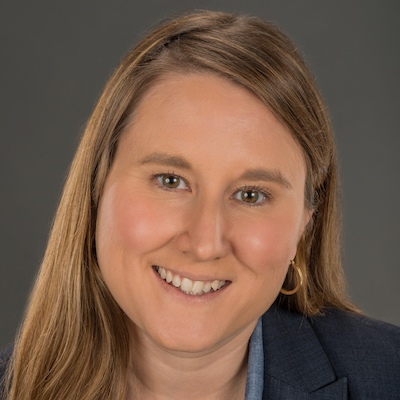
Don Day

Rasmus Kleis Nielsen

Kathleen Searles Rebekah Trumble

Kendra Pierre-Louis

Jessica Clark

Jesse Holcomb

Rachel Glickhouse

Christoph Mergerson
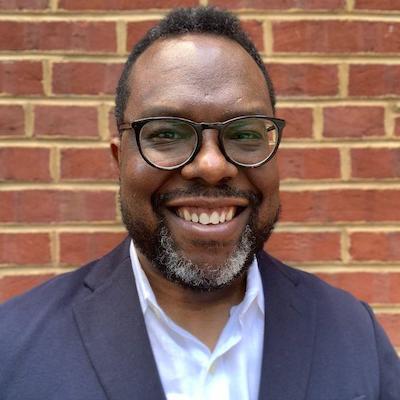
Burt Herman
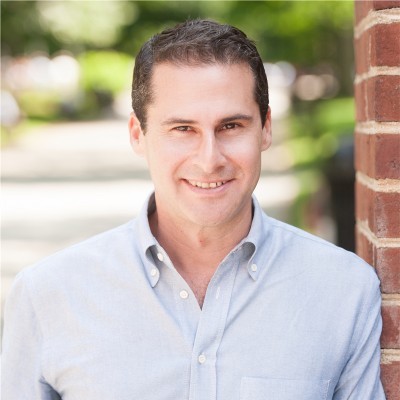
Izabella Kaminska
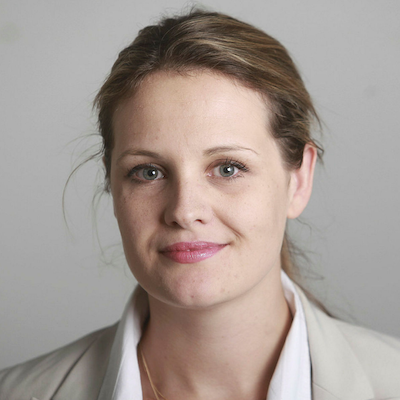
Francesco Zaffarano

Andrew Freedman

Doris Truong

j. Siguru Wahutu
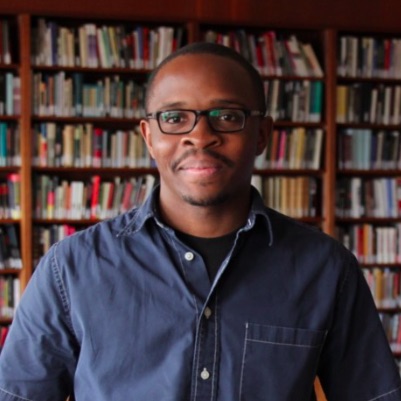
Anita Varma

Meena Thiruvengadam
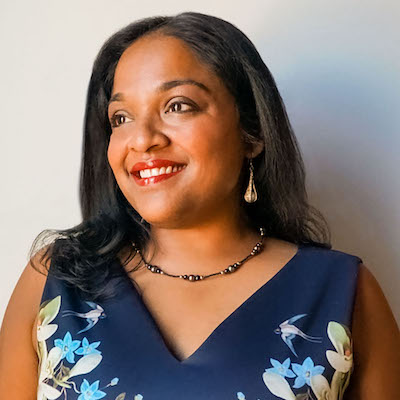
Michael W. Wagner

David Skok

Megan McCarthy

Whitney Phillips

Robert Hernandez
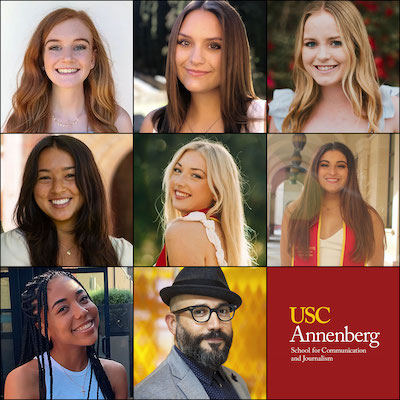
Christina Shih

Jennifer Brandel

Parker Molloy

Wilson Liévano

David Cohn

Laxmi Parthasarathy

Sarah Marshall

Natalia Viana
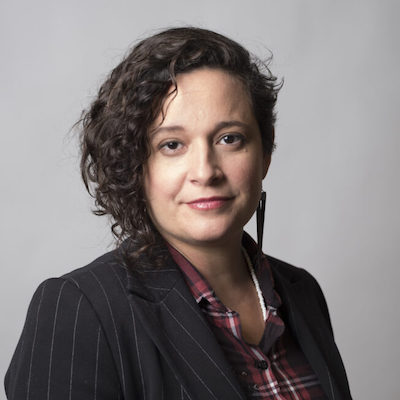
Paul Cheung

Kristen Jeffers
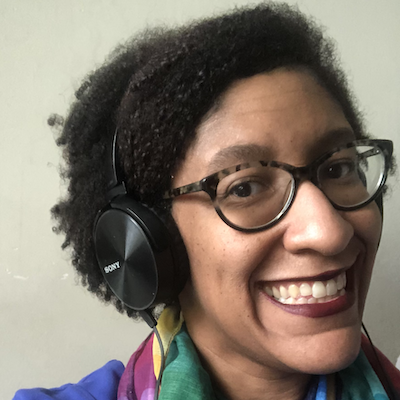
Gabe Schneider

Jennifer Coogan

Amara Aguilar

Jonas Kaiser

Joshua P. Darr

Cherian George
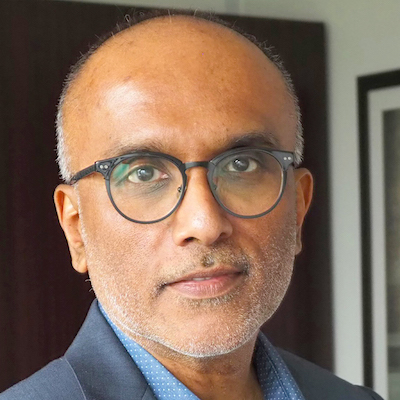
Simon Galperin

Simon Allison

Shalabh Upadhyay

Joe Amditis

Anika Anand

Gonzalo del Peon

Ariel Zirulnick

Moreno Cruz Osório

Gordon Crovitz

A.J. Bauer

Melody Kramer

Kerri Hoffman
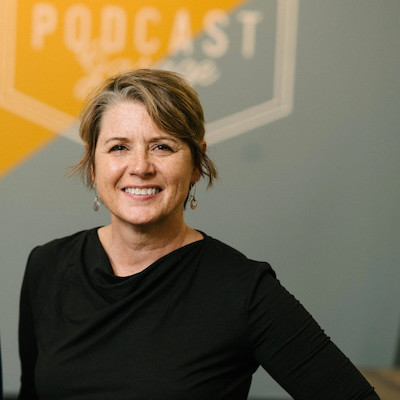
Catalina Albeanu

Candace Amos
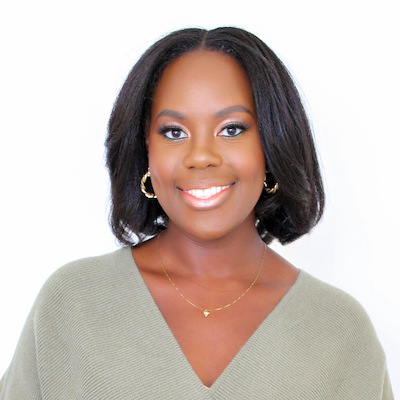
Jim Friedlich
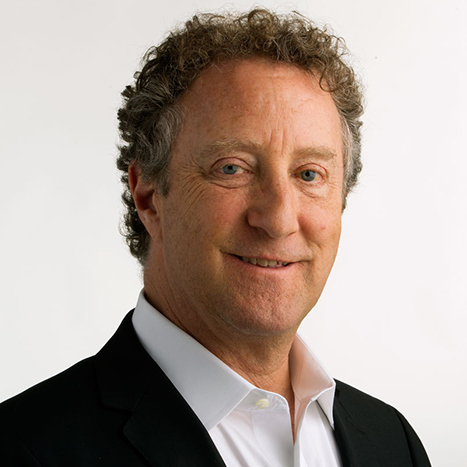
Stephen Fowler

Daniel Eilemberg

Matt Karolian

Mary Walter-Brown

Matt DeRienzo
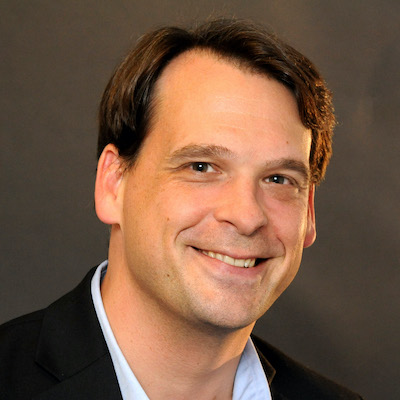
Jesenia De Moya Correa
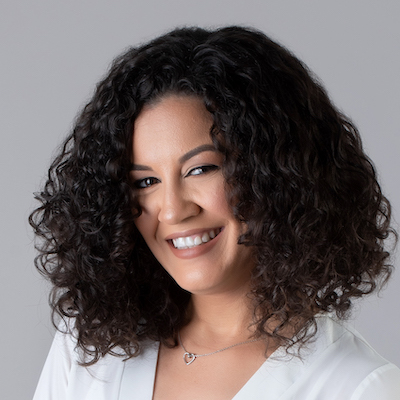
Sarah Stonbely

Joni Deutsch

Julia Angwin

Joy Mayer

Ståle Grut

Matthew Pressman

Chase Davis

S. Mitra Kalita

Shannon McGregor Carolyn Schmitt

John Davidow

Anthony Nadler

Errin Haines

Brian Moritz

Larry Ryckman

Mike Rispoli

Juleyka Lantigua

Kristen Muller

Mandy Jenkins

Sam Guzik

Mario García
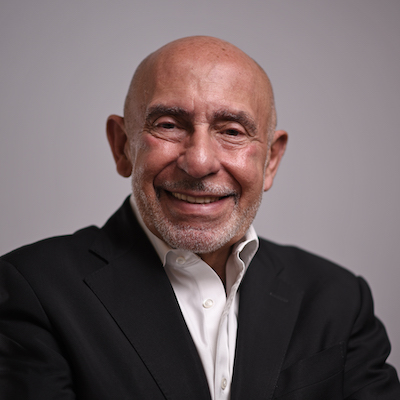
Zizi Papacharissi

Tamar Charney

Joanne McNeil
